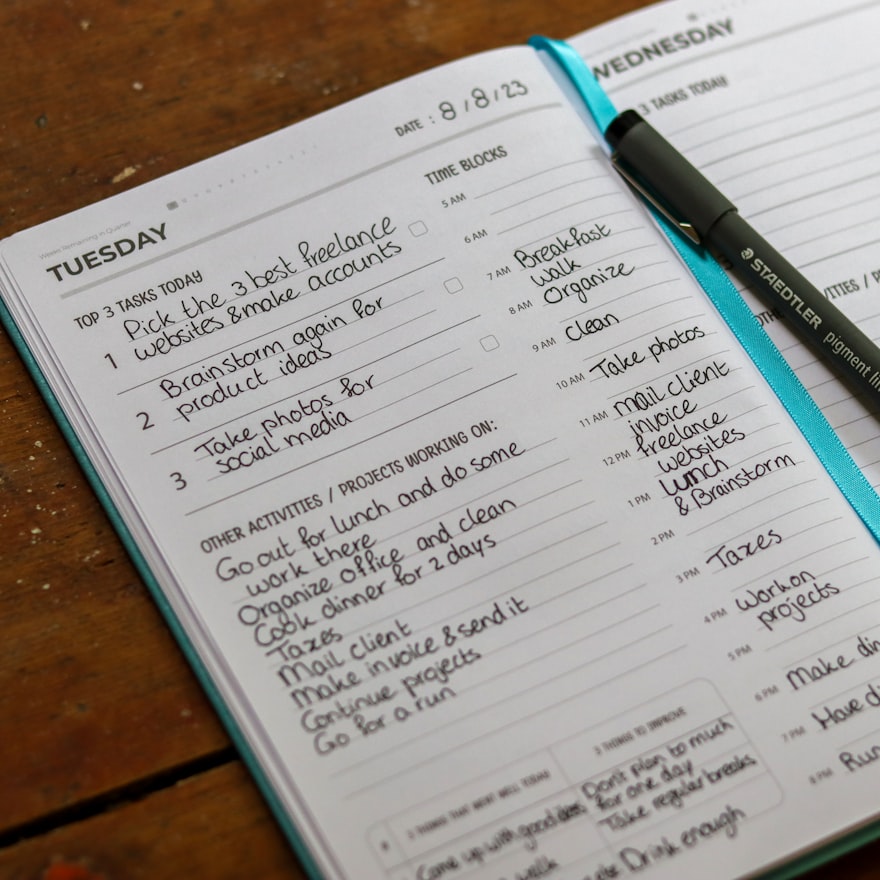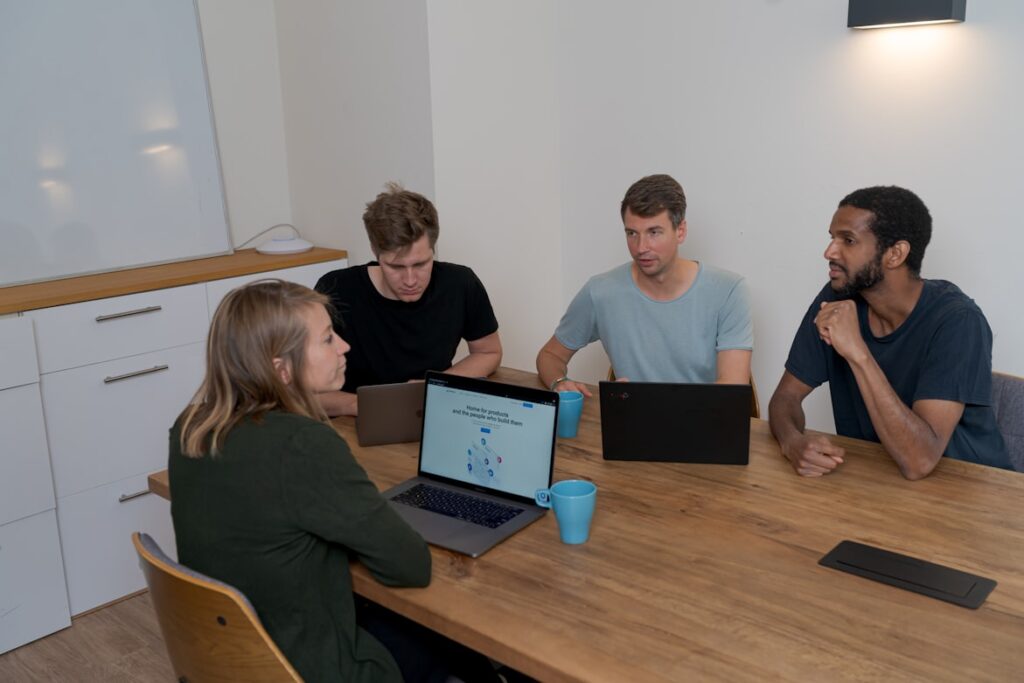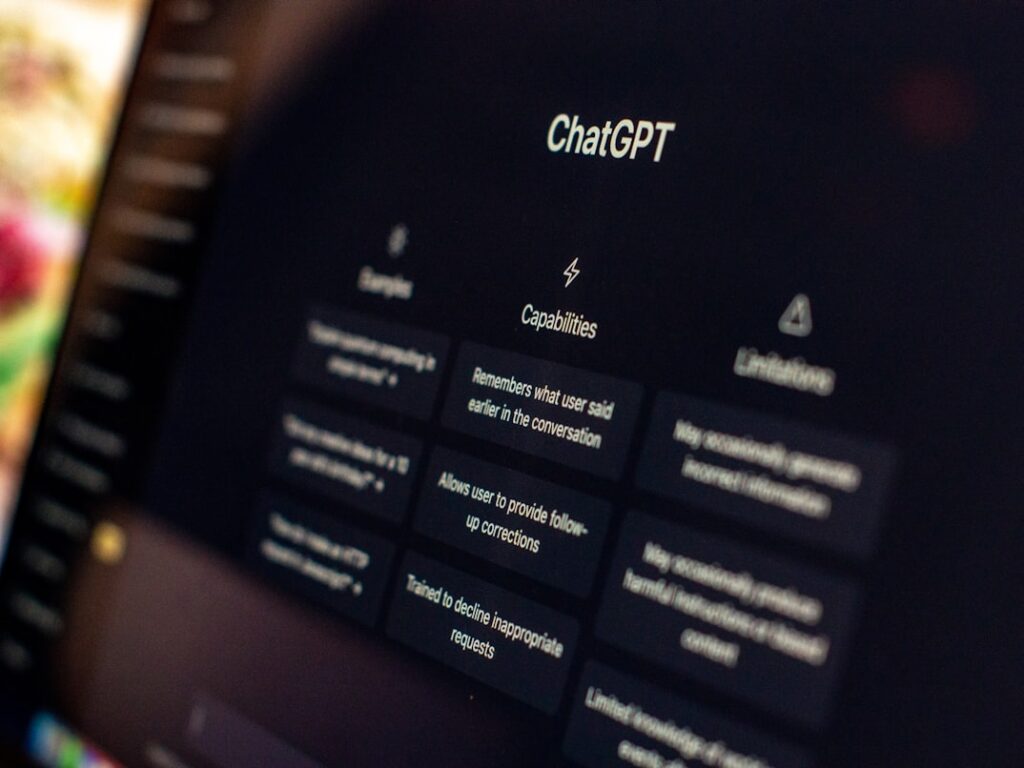You’ve probably seen those headlines floating around:
“AI will replace 99% of project managers.”
Honestly, it’s a little unsettling if your job involves keeping a hundred moving parts from falling apart.
I get it. I was skeptical, too. I live in the world of spreadsheets, deadlines, and those never-ending “just checking in” emails. The idea that a chatbot could take over that work sounded… ambitious, to say the least.
But curiosity got the better of me.
So I decided to test it out, not by reading about it, but by actually doing it. I gave myself a week. Just me, ChatGPT, and my regular pile of project chaos.
My plan was simple: use ChatGPT for the main things I do as a project manager — writing briefs, planning timelines, tracking updates, the usual suspects — and see what happens.
What I found honestly surprised me.
Contents
The “99%” Claim: Hype vs. Reality

Now, AI in project management isn’t exactly new. We’ve been using tools to forecast timelines, track budgets, and crunch data for years.
But generative AI feels different. It doesn’t just analyze. It talks back. It feels like having a partner who actually helps you think things through.
And the adoption curve? It’s insane. A 2025 McKinsey report says nearly 90% of organizations are already using AI in some form. The Project Management Institute even called out that AI is reshaping the field, helping teams move faster and make better calls.
The promise sounds great on paper: let the AI handle the boring stuff so you can focus on strategy, people, and the big picture.
But here’s the real question: can it actually do that? Can it really take over that much of what we do?
I decided to find out. So I put together a list of solid project management prompts and let ChatGPT step in as my project assistant. My goal was simple: see if it could take over my everyday grind and still keep things running smoothly.
The Experiment: 7 Tasks, 7 Verdicts
I decided to run a simple experiment. Seven real project management tasks, start to finish. No cherry-picking. Just me, ChatGPT, and the usual mess of deadlines and deliverables.
Test 1: Drafting the Project Brief

Every project starts with a brief. It’s your north star, the thing that keeps everyone rowing in the same direction.
Normally, I’d spend a good chunk of time on this. Writing, refining, making sure it actually makes sense to everyone involved.
So here’s what I did. I asked ChatGPT:
“As a project manager, I need help drafting a project brief. Please ask me the key questions you need.”
Instantly, it started asking solid questions. Things like:
- What’s the main objective?
- Who are the stakeholders?
- What’s the budget?
- What are the key deliverables?
And honestly? It felt like a conversation with a sharp assistant who actually listens.
My verdict: A really strong starting point. It gave me a clean, structured one-pager in minutes, something that would normally take at least an hour.
However, while it nailed the structure, the same can’t be said for the story. It didn’t know why the project mattered. That strategic layer, the “why this, why now”, still had to come from me.
So yeah, it saved me time. But it still needed my judgment to give it heart.
Test 2: Building a Project Timeline

This is where things usually get messy. Dates, dependencies, people’s availability… it’s like solving a jigsaw puzzle where the pieces keep moving.
So I gave ChatGPT a challenge:
“Act as a project planner. Create a six-week timeline for launching an employee recognition platform. Include phases, task breakdowns, and milestones.”
Within seconds, it handed me a full plan.
The phases made sense. Discovery, Development, Testing, Launch.
Each phase had tasks, rough durations, and even suggested owners.
Honestly, it looked good. Clean, structured, and clear enough to drop straight into a tracker.
My verdict: Super fast, but a bit too generic.
The flow was solid, but it didn’t know my team’s holiday calendar or that one developer who’s juggling two other projects.
It gave me a great draft, but not a living plan. It can’t yet sync with real workloads or the little curveballs every project team deals with.
Still, if you need a quick blueprint to get started, it’s surprisingly capable.
Test 3: Summarizing Project Progress

You know the drill. Half the team sends bullet points, the other half sends paragraphs, and a few just drop random notes in Slack. By the time you pull it all together, you’ve aged a week.
So I decided to see what ChatGPT could do with the chaos. I dropped in my messy notes and said:
“Act as a project coordinator. Summarize this progress for a status report.”
In seconds, it took my jumble of half-thoughts and turned it into a polished summary. Clean sentences, professional tone, no fluff. It looked like something I could copy-paste straight into an email or deck without changing a word.
My verdict: This is ChatGPT’s sweet spot. It’s freakishly good at summarizing and rephrasing.
For this task, I’d say it’s 100% automated. What used to take me thirty minutes now takes less than two. Total win for AI in project management.
Also Read: I Use These 4 Secret ChatGPT Tricks to Cut My Workload in Half (99% of People Don’t Know About Them)
Test 4: Writing Stakeholder Updates

Next came the part that always takes more brainpower than it should: writing the stakeholder update.
You know the type. Short, polished, and professional. The kind of message that says, “We’ve got this under control” without sounding robotic.
So I gave ChatGPT a clear task:
“Act as my executive communications assistant. Turn this summary into a stakeholder update email. Keep it under 150 words.”
What came back was spot on.
It sounded confident but calm, hit all the right notes, and neatly wrapped up the week’s progress with next steps. I barely had to tweak a thing.
My verdict: Another big win.
This combo, summarizing updates and turning them into stakeholder emails, is where ChatGPT really shines as a project assistant. It takes the grind out of communication.
Instead of wrestling with tone and phrasing, I could focus on the message itself.
Test 5: Identifying Project Risks

Now we’re into the trickier part: spotting risks before they blow up.
Any good project manager knows this is half the job. You have to see problems coming while everyone else is still celebrating progress.
So I asked ChatGPT to step into that role:
“Act as a project risk consultant. List potential risks and mitigation strategies for my six-week platform launch.”
In a few seconds, it came back with a neat list, things like scope creep, resource shortages, technical bugs, and delayed approvals.
It even added a few textbook fixes, like setting clear requirements and doing early QA.
My verdict: Useful, but surface-level.
This is great for someone just learning project management. It covers the basics well. But it doesn’t know the human stuff. It doesn’t see that my lead developer is running on fumes or that one stakeholder loves last-minute changes.
That’s the part AI can’t read. The politics, the people, the tension behind the spreadsheets.
So, while ChatGPT can help you think through general risks, it still needs you to add the real-world insight.
Test 6: Creating a Meeting Agenda

Ah, meetings. Everyone’s favorite productivity trap.
A well-run meeting can move things forward. A bad one? It’s just 30 minutes you’ll never get back. That’s why a tight agenda matters.
So I asked ChatGPT to help:
“I need a 30-minute project check-in meeting agenda. We’re in week three. Please structure it with time estimates.”
Seconds later, it handed me a clean outline.
Sections for Progress Review, Roadblocks, and Next Steps.
Each with clear time boxes. Simple, balanced, and ready to drop into a calendar invite.
My verdict: Not groundbreaking, but solid.
It’s one of those little wins that quietly make your day easier. Ten minutes saved here, another ten there. Over a week, that’s real time you get back.
Nothing flashy, just smart, consistent help, and sometimes that’s exactly what you need.
Test 7: Building a Weekly Status Report Template

Finally, I wanted to see if ChatGPT could help me build something reusable; something I could plug into my workflow every week.
So I gave it a straightforward task:
“Act as a project analyst. Create a reusable weekly status report template. Format it as a fillable outline.”
It didn’t hesitate.
In seconds, it gave me a clean, logical structure with all the right sections: Overall Status, Key Accomplishments, Issues/Risks, and Plan for Next Week.
Exactly what I needed, no overthinking required.
My verdict: A clear win.
Like the project brief, ChatGPT really shines when it comes to structure and formatting. It’s not trying to be clever. It’s just organized and consistent, which is half the battle in project management.
Now I’ve got a standard template the whole team can use. One less document to reinvent every Friday.
So, What’s the Real Percentage?
So after a full week of testing, I finally had my answer. Can ChatGPT really handle 99% of project management?
Absolutely not.

That number looks great in headlines, but it’s a stretch. It mixes up doing the tasks with doing the job. Here’s how I see it.
Where ChatGPT Wins (The “Admin 99%”)
ChatGPT is a fantastic assistant. It shines when the work is structured, repetitive, and based on clear language. Here’s what it does really well:
- Drafting: It can spin up solid first drafts of briefs, reports, and emails.
- Summarizing: It takes messy, scattered notes and turns them into clean updates.
- Structuring: It’s great at building logical outlines, templates, and agendas.
- Ideation: It helps you brainstorm risks, tasks, and discussion topics in seconds.
If we’re talking about administrative work, the setup, the formatting, the early drafts, yeah, it probably can handle 99% of that.
And that alone is a huge deal. It’s not replacing you. It’s freeing you.
It clears the noise so you can focus on the real work.
Where ChatGPT Fails (The “Human 1%”)

Now let’s talk about the part everyone forgets, where ChatGPT doesn’t deliver.
The “99%” claim completely misses the heart of the job.
Because the 1% it can’t do? That’s actually the most important part.
It’s the human 1%.
And that tiny slice is what makes up 99% of a project manager’s real value.
Let me explain.
Context and Nuance
ChatGPT doesn’t understand your world.
It doesn’t know your company’s culture, your boss’s quirks, or the real “why” behind your project.
It can help you organize information, but it can’t interpret it the way you do.
Stakeholder Management
This is the biggest gap by far.
AI doesn’t have emotional intelligence. It can’t read the room, sense tension in a meeting, or build trust with that nervous executive.
It won’t help you talk down a frustrated client or negotiate a new deadline without burning a bridge.
That’s all you.
Real-Time Integration
ChatGPT isn’t plugged into your tools.
It doesn’t know your team’s actual workload in Asana or the current budget sitting in your Excel sheet.
It can only guess based on what you tell it.
Accountability
And maybe most importantly, AI can’t take responsibility.
It won’t get the tough calls right every time, and it can’t be held accountable when things go sideways. That still falls on the project manager. As Stewart Butterfield once said:
“There’s a lot of automation that can happen that isn’t a replacement of humans but of mind-numbing behavior.”
And that’s exactly where the human edge lives.
My Final Verdict on ChatGPT Project Management
This experiment was a win, but not for the reason those flashy headlines suggest.
ChatGPT didn’t do my job for me. It showed me how to do my job better.
The whole “99% replacement” idea? Total myth.
The truth is much better: this isn’t about replacement at all. It’s about augmentation.

ChatGPT doesn’t want your job. It wants the busywork.
It’s not an automated project manager; it’s the first truly useful project assistant.
It clears your plate, handles the drafts, builds the templates, and tidies up your notes.
Basically, it gives you back your time.
And with that time, you get to focus on what actually matters, the human side of the job.
Leading people. Thinking strategically. Building trust. Solving problems that don’t fit neatly into prompts or spreadsheets.
So if you take one thing from this, let it be this: don’t fear the tech. Learn it. Use it.
Let ChatGPT handle the first draft, then use your extra hours to check in with your team, calm that nervous client, or plan ahead for the next big challenge.
That’s the part AI will never replace.